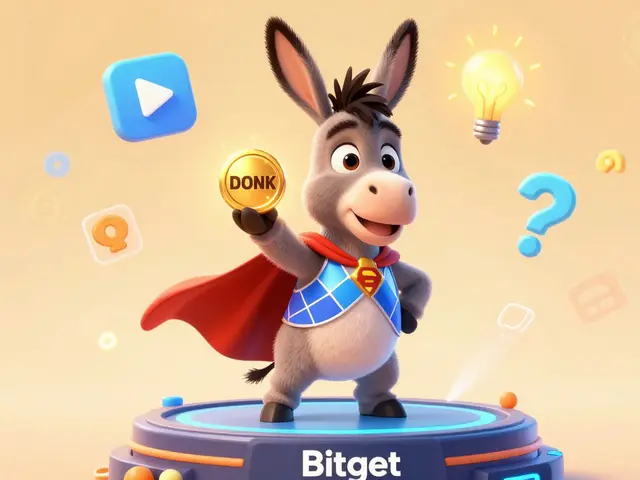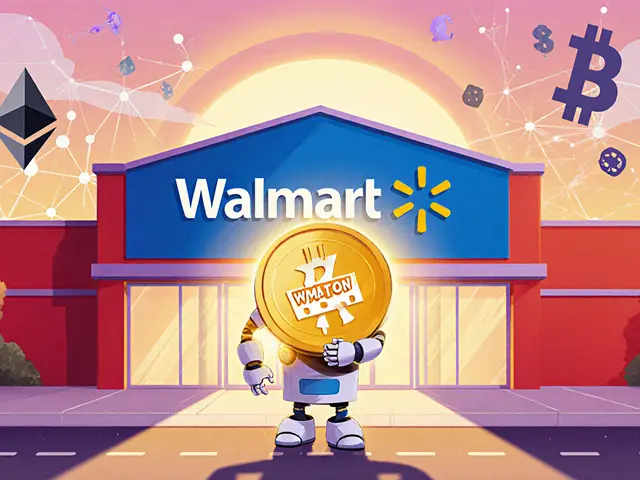Lunar DeFi: What It Is, How It Works, and Where to Find It
When people talk about Lunar DeFi, a term used informally to describe decentralized finance projects with moon-themed branding, community-driven tokenomics, and often low-market-cap tokens tied to airdrops or gamified rewards. Also known as moon DeFi, it isn’t a single platform—it’s a vibe, a strategy, and sometimes a red flag. You’ll see it in tokens named after moons, lunar phases, or space memes. But behind the naming gimmicks, some of these projects are building real DeFi tools—like cross-chain bridges, yield aggregators, or NFT-integrated staking—that actually work on chains like BSC, Polygon, or PulseChain.
Lunar DeFi often overlaps with crypto airdrops, free token distributions tied to wallet activity, NFT ownership, or early participation. Also known as token giveaways, they’re how many Lunar DeFi projects kickstart liquidity and user adoption. Look at RACA’s Metamon NFT rewards or RichQUACK’s CMC airdrop—those aren’t random. They’re part of a pattern: use a fun theme, reward early adopters, then hope the token sticks. But not all of them do. Some, like Numogram (GNON), vanish after the hype. Others, like WOOFi’s cross-chain swap engine, turn gimmicks into lasting utility.
The real question isn’t whether Lunar DeFi is real—it’s whether you’re chasing a moonshot or a working product. Projects like Sovryn and SparkSwap (the one on PulseChain) prove that DeFi doesn’t need a lunar theme to be valuable. But if you’re drawn to the theme, know this: cross-chain DeFi, the ability to move assets and earn yield across multiple blockchains without centralized intermediaries. Also known as multi-chain DeFi, it’s the backbone of most legitimate Lunar DeFi projects. If a project claims to be lunar but only works on one chain, or asks for your seed phrase to claim a token, it’s probably not lunar—it’s just lost.
You’ll find Lunar DeFi in airdrop guides, exchange reviews, and token deep dives. Some posts here warn you about scams hiding behind space-themed names. Others show you how to use tools like WOOFi or SPAT’s wallet setup to actually earn, not just speculate. Whether you’re hunting for the next big airdrop or trying to avoid the next rug pull, this collection gives you the facts—not the fluff. What’s real? What’s just noise? Let’s sort it out.



